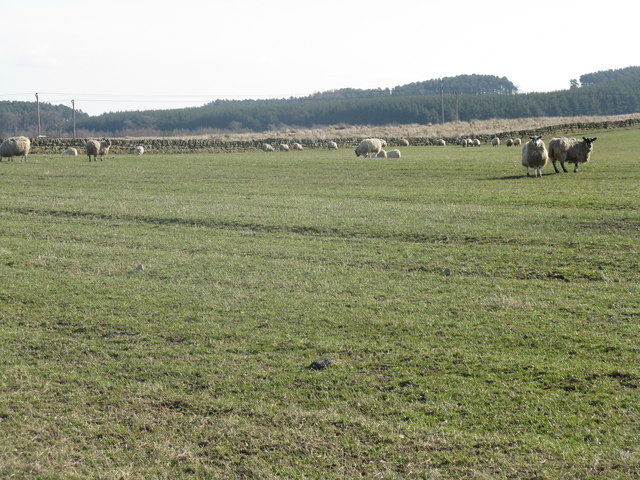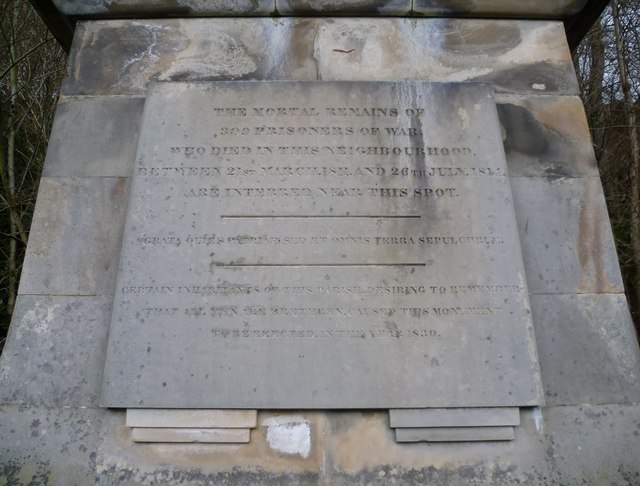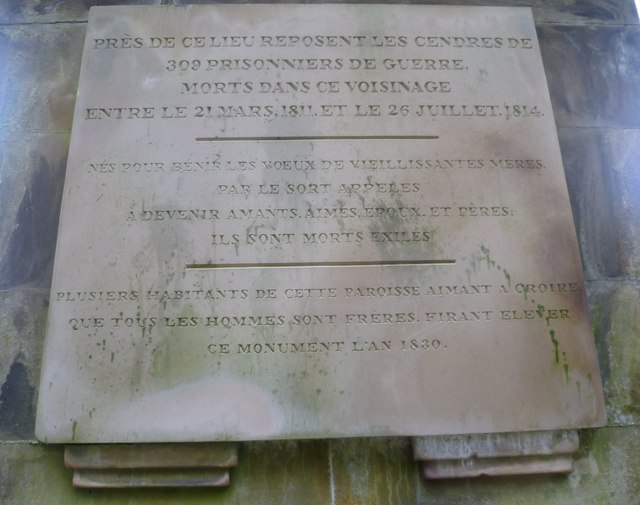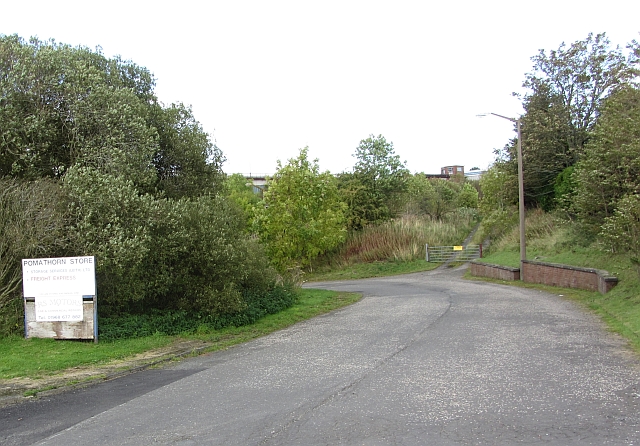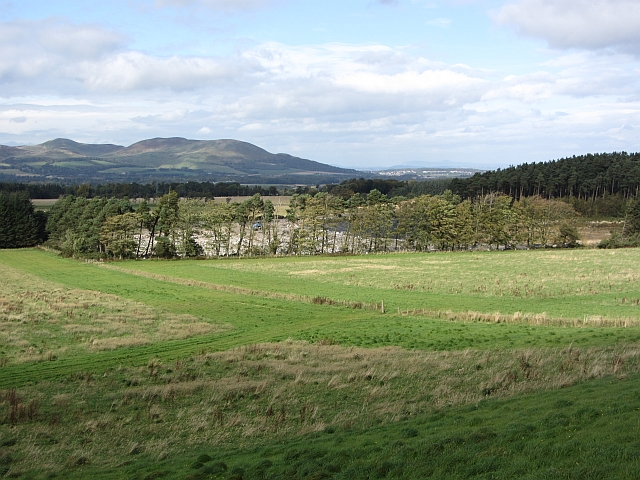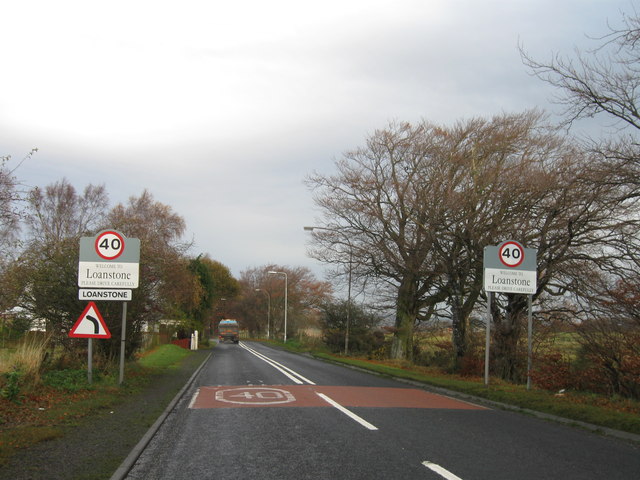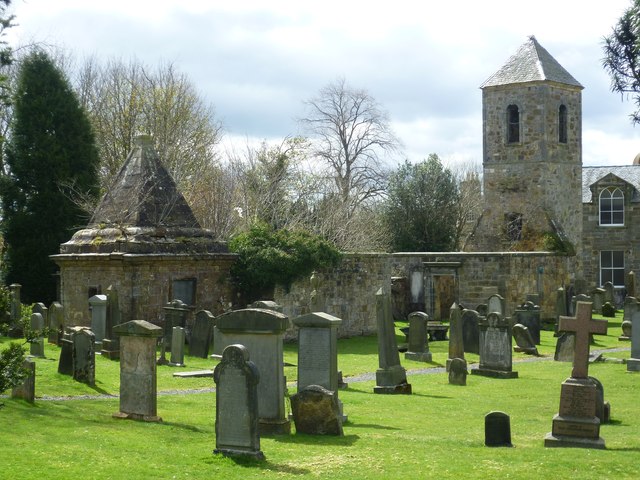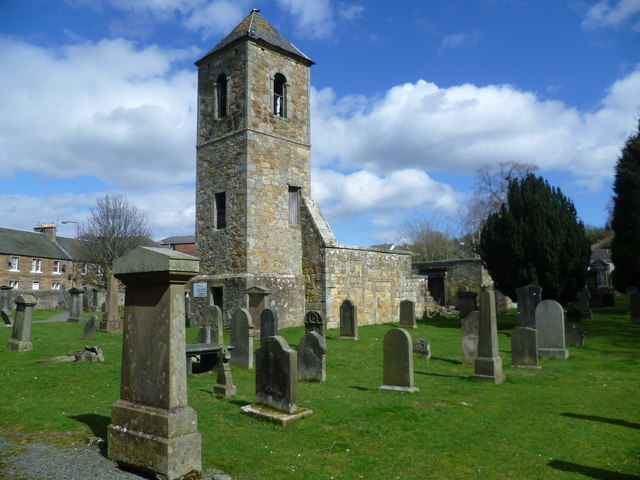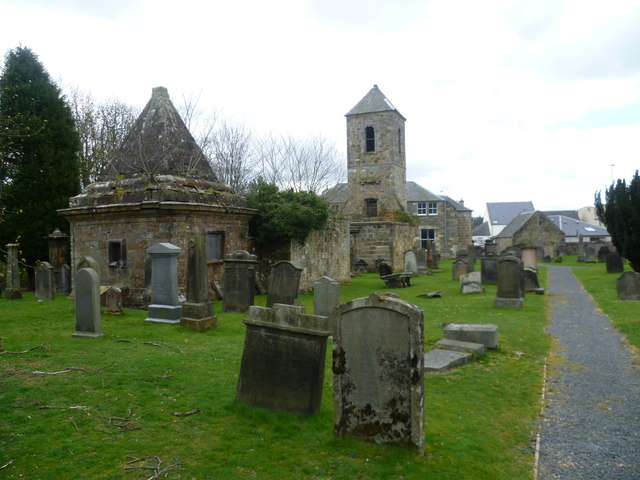Auchendinny Wood
Wood, Forest in Midlothian
Scotland
Auchendinny Wood
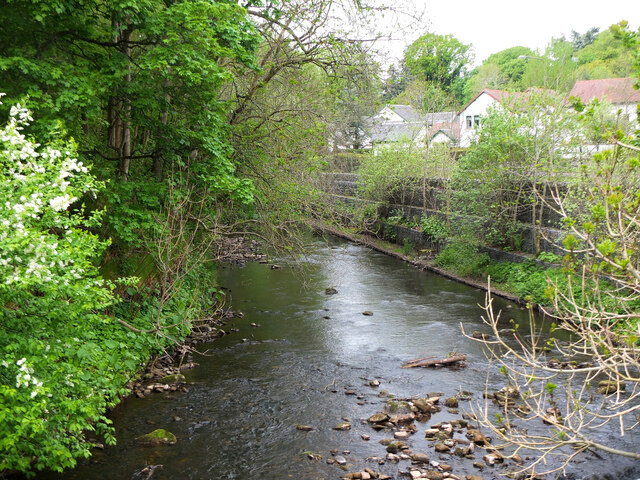
Auchendinny Wood is a picturesque woodland located in Midlothian, Scotland. Spread across an area of approximately 100 acres, this enchanting forest offers a tranquil and serene escape from the hustle and bustle of everyday life.
The wood is primarily composed of a mixture of broadleaf and coniferous trees, including oak, beech, pine, and spruce. These diverse tree species create a rich and varied habitat, supporting a wide array of flora and fauna. Walking through the forest, visitors can admire the vibrant colors of the changing leaves in autumn or enjoy the cool shade provided by the dense canopy during the summer months.
Auchendinny Wood is known for its well-maintained trails, making it a popular destination for walkers, hikers, and nature enthusiasts. The paths wind their way through the forest, offering stunning views of the surrounding countryside and glimpses of local wildlife, such as red squirrels, deer, and a variety of bird species.
For those interested in history, Auchendinny Wood also holds cultural significance. The woodland is dotted with remnants of a former gunpowder mill, which operated here in the 19th century. These historical remnants add an intriguing element to the natural beauty of the forest.
Overall, Auchendinny Wood is a hidden gem in the heart of Midlothian, offering a peaceful and idyllic setting for outdoor activities, nature exploration, and a glimpse into the region's industrial past.
If you have any feedback on the listing, please let us know in the comments section below.
Auchendinny Wood Images
Images are sourced within 2km of 55.834167/-3.1911494 or Grid Reference NT2560. Thanks to Geograph Open Source API. All images are credited.
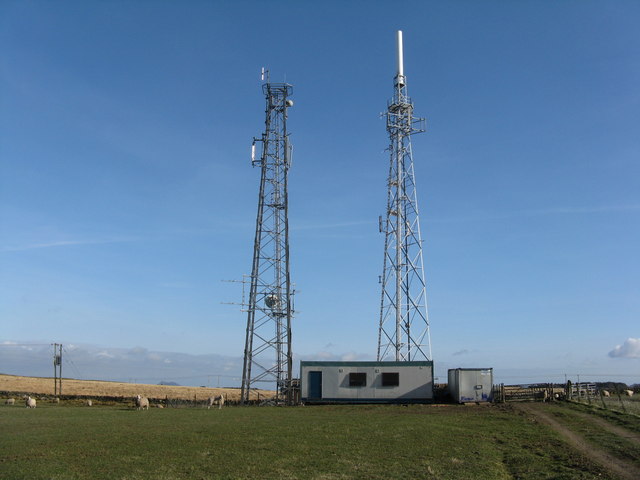
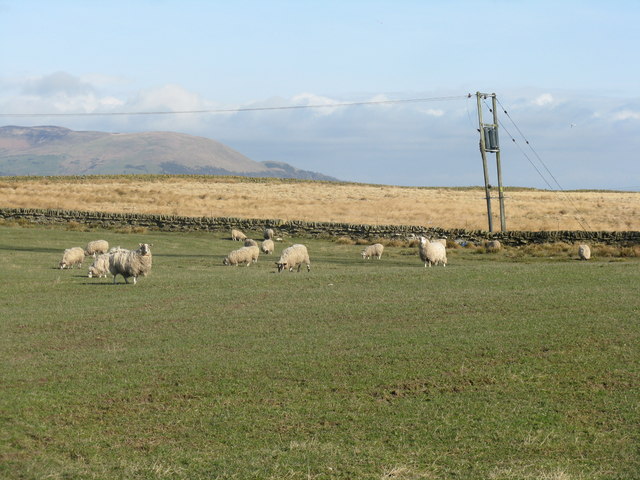
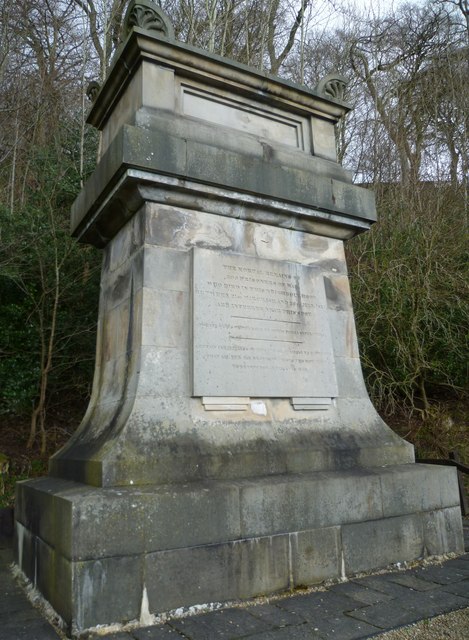
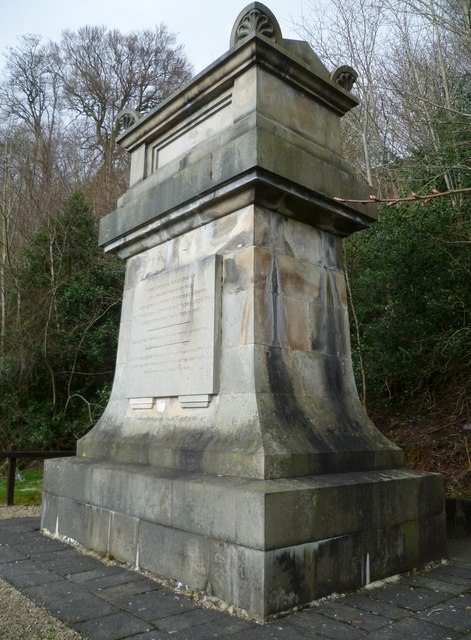
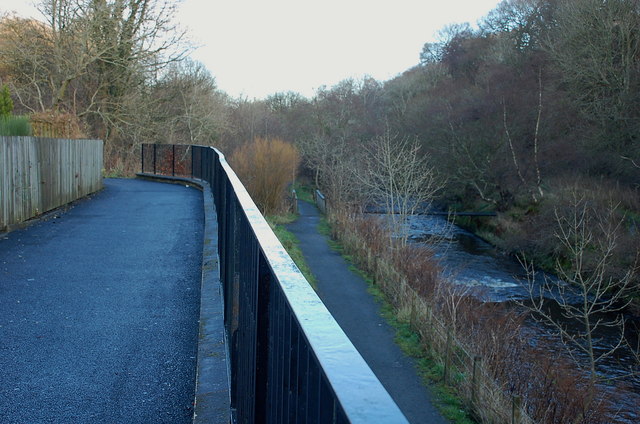
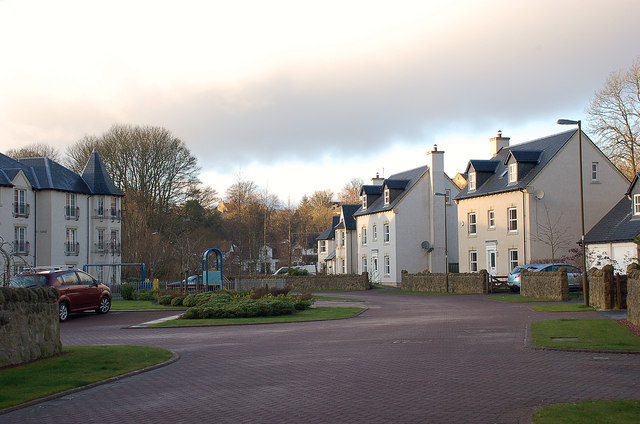
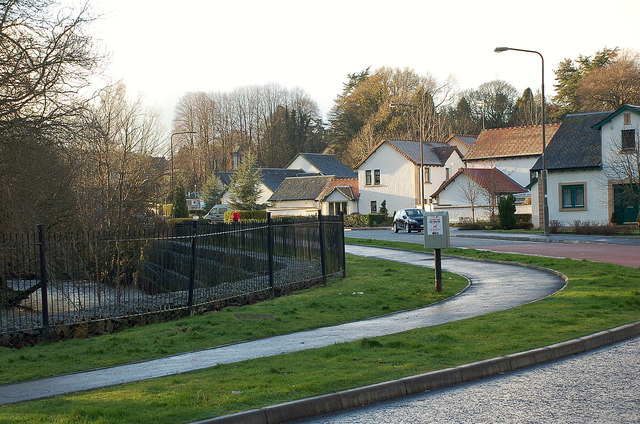
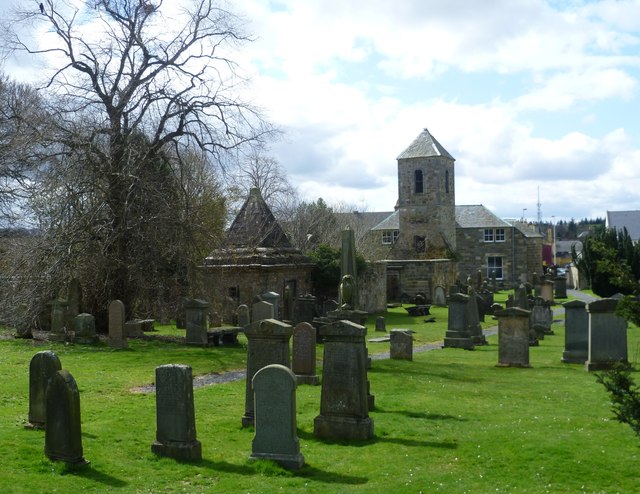
Auchendinny Wood is located at Grid Ref: NT2560 (Lat: 55.834167, Lng: -3.1911494)
Unitary Authority: Midlothian
Police Authority: The Lothians and Scottish Borders
What 3 Words
///opposing.innovator.outbid. Near Penicuik, Midlothian
Nearby Locations
Related Wikis
Woodhouselee
Woodhouselee is an estate in Midlothian in the parish of Glencorse. It has been owned by gentry including William Tytler and Alexander Fraser Tytler....
Oldwoodhouselee Castle
Old Woodhouselee Castle was a 16th-century tower house, about 1.5 miles (2.4 km) north east of Penicuik, Midlothian, Scotland, south of the river North...
Rosslynlee Hospital Halt railway station
Rosslynlee Hospital Halt railway station that served Rosslynlee Hospital, Midlothian, Scotland from 1958 to 1962 on the Peebles Railway. == History... ==
Esk Bridge railway station
Esk Bridge railway station served the settlement of Esk Bridge, Midlothian, Scotland from 1874 to 1930 on the Penicuik Railway. == History == The station...
Nearby Amenities
Located within 500m of 55.834167,-3.1911494Have you been to Auchendinny Wood?
Leave your review of Auchendinny Wood below (or comments, questions and feedback).
